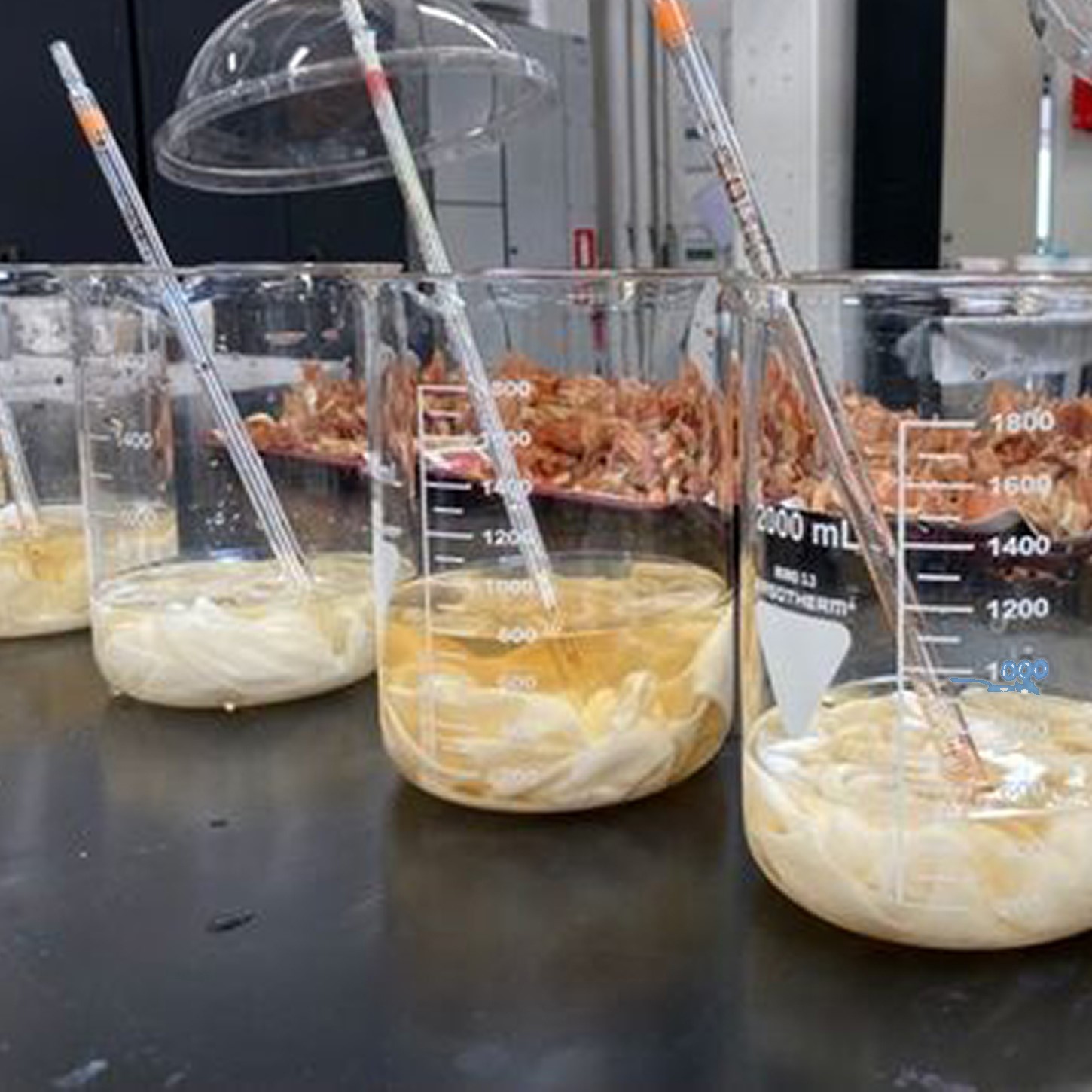From Craft to industry
DOI:
https://doi.org/10.7577/formakademisk.5478Keywords:
Natural dyes, Cultural heritage, Traditional craft, Contemporary design, Responsible productionAbstract
In this paper, we discuss the potential of using traditional knowledge of natural dyes for more sustainable development processes in textile design. Our aim is to help foster a green transition through responsible consumption and production. We investigate the potential for implementing natural dye processes from craft to industrial processes to replace synthetic dyes. We adopt a systematic approach to dyeing and printing with food waste, including walnut shells, avocado skins and onion skins, specifically exploring colourfastness. We have observed that craft methods tend to be ‘forgotten’ due to the zeal for industryalization and the standardizing of products to ensure quality requirements. From students and business partners, we experience requests for natural dyes; however, we are challenged to document colourfastness. Knowledge and documentation are of high importance when we intend to convince industry to learn from traditional crafts. Through a systematic investigation testing traditional recipes and variations in dyed textiles, we experience how textiles perform. Through iterations based on the results, we continue with further experiments and simultaneously discuss whether both the consumer and the industry have to look at quality requirements from a conventional perspective. We argue that current expectations regarding colours and standards must change. Facing radical changes to the way we live, produce and use products, it is important to critically examine our approach to conventional industrial production. In our research, we built knowledge generation on cultural heritage and traditional craft. We argue how this becomes a societal asset influencing users’ behaviour and creates awareness towards sustainable changes in the design and use of textiles.
References
Archroma. (2023.). EarthColors®, a new method of creating warm shades from nature https://www.archroma.com/innovations/earth-colors-by-archroma
Behan, B. (2018). Botanical inks – Plant-to-print dyes, techniques and projects. Quadrille Publishing.
Boutrup, J., & Ellis, C. (2018). The Art and Science of Natural Dyes - Principles, Experiments, and Results. Schiffer Publishing.
Directorate-General for Environment (2022). EU strategy for sustainable and circular textiles https://environment.ec.europa.eu/publications/textiles-strategy_en
Eyand. (2021). Bringing natural color. https://www.eyand.eu/#colors
Hudd, A. (2022). Dyeing for fashion: Why the clothes industry is causing 20% of water pollution. https://www.euronews.com/green/2022/02/26/dyeing-for-fashion-why-the-fashion-industry-is-causing-20-of-water-pollution.
iso.org (2020). Textiles — Tests for colour fastness — Part C06: Colour fastness to domestic and commercial laundering. International Organization for Standardization. https://www.iso.org/standard/51276.html
iso.org (2021). Textiles — Tests for colour fastness — Part X16: Colour fastness to rubbing — Small areas. International Organization for Standardization. https://www.iso.org/standard/65208.html
Mouw, T. (2018, March 16). Tolerancing Part 3: Color Space vs. Color Tolerance. X-Rite. https://www.xrite.com/blog/tolerancing-part-3
oeko-tex.com. (2023).OEKO-TEX® ECO PASSPORT. https://www.oeko-tex.com/en/our-standards/oeko-tex-eco-passport

Downloads
Published
How to Cite
Issue
Section
License
Copyright (c) 2023 Inger Marie Ladekarl, Malene Harsaae, Anne Louise Bang, Lena Kramer Pedersen, Tina Cecilie Bull Nielsen, Amalie Ege

This work is licensed under a Creative Commons Attribution-NoDerivatives 4.0 International License.
Authors who publish with this journal agree to the following terms:
- Authors retain copyright and grant the journal right of first publication with the work simultaneously licensed under a Creative Commons Attribution 4.0 License that allows others to share the work with an acknowledgement of the work's authorship and initial publication in this journal.
- Authors are able to enter into separate, additional contractual arrangements for the non-exclusive distribution of the journal's published version of the work (e.g., post it to an institutional repository or publish it in a book), with an acknowledgement of its initial publication in this journal.
- Authors are permitted and encouraged to post their work online (e.g., in institutional repositories or on their website) prior to and during the submission process, as it can lead to productive exchanges, as well as earlier and greater citation of published work (See The Effect of Open Access).
- The author(s) must manage their economic reproduction rights to any third party.
- The journal makes no financial or other compensation for submissions, unless a separate agreement regarding this matter has been made with the author(s).
- The journal is obliged to archive the manuscript (including metadata) in its originally published digital form for at least a suitable amount of time in which the manuscript can be accessed via a long-term archive for digital material, such as in the Norwegian universities’ institutional archives within the framework of the NORA partnership.
The material will be published OpenAccess with a Creative Commons 4.0 License which allows anyone to read, share and adapt the content, even commercially under the licence terms:
This work needs to be appropriately attributed/credited, a link must be provided to the CC-BY 4.0 licence, and changes made need to be indicated in a reasonable manner, but not in any way that suggests that the licensor endorses you or your use.



